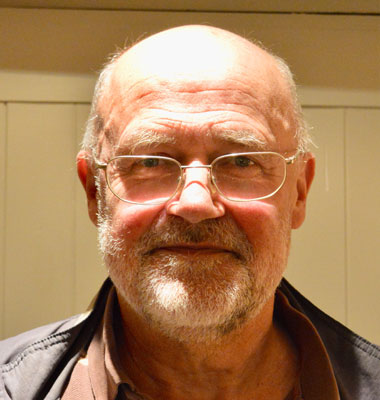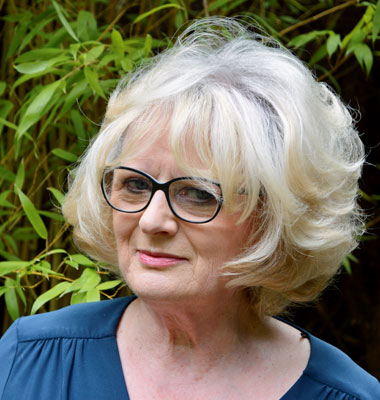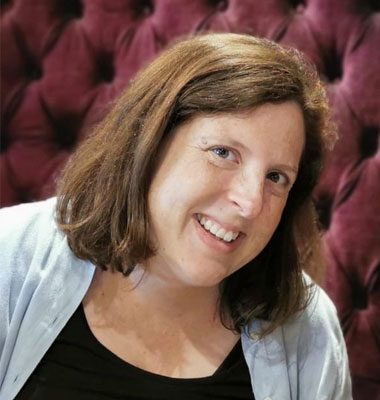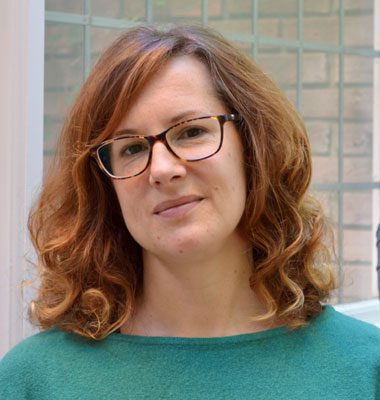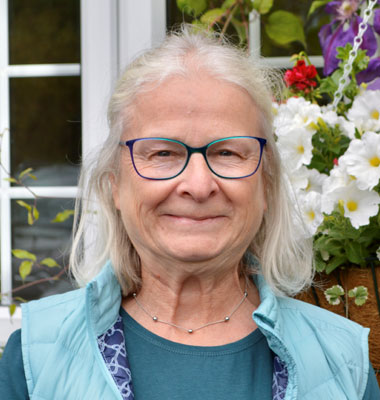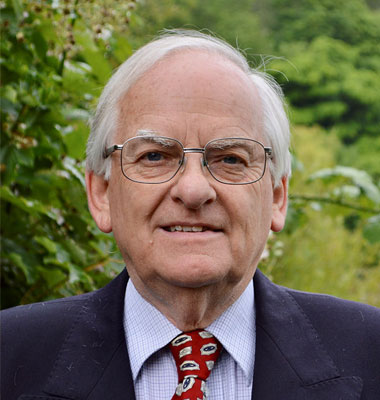“It is wonderful what great strides can be made when there is a resolute purpose behind them.”
Not a resident but a regular house guest at Happidays, now known as Walton Heath Manor.
The Walton Village Forum was born out of the 1997 Village Appraisal which sought to see how facilities could be improved for residents.
So in 1998 the Walton Village Forum was established as a way of processing the findings of the Appraisal and as the meeting place where any matter thought to be of benefit to the residents could be discussed and the appropriate action planned.
It is a place where existing village organisations can bring forward their plans, make known their needs, concerns and requests for help from or co-operation with others.
Meetings are open to all residents of Walton-On-The-Hill interested in any aspect of life in the village. The Forum is non-political, however our local councillors may be invited to give updates on non-political developments of local interest.
The Forum works in conjunction with the local council, the Tadworth and Walton Residents Association, the police and any other appropriate bodies, each of whom is invited to attend
Meetings are held as frequently or infrequently as required but typically three to four times a year.
“Sincerity is the surest road to confidence.”
Resident at Cliftondown (now named Pinfold Manor), Nursery Road.
Note: The population of Walton was 200 in 1800, 800 in 1900 and 2000 in 1927
East Surrey Water Company provides a Mains Supply to the village.
Walton Heath Golf Club is opened for play with an exhibition match involving the three leading players of the day; Harry Vardon, James Braid and J.H.Taylor.
Braid, who had won the Open Championship in 1901, becomes the Club’s first professional.
The Prime Minister, A.J.Balfour joins the Club and is followed by three future Prime Ministers, Lloyd George, Bonar Law and Winston Churchill.
Grand National winners ‘Ilex’ and ‘Moifaa’ are steeplechased trained on Walton Heath. (Their form made so little impression that no one in the village backed them!)
The Lord Riddell Hall is built and then further extended in 1912.
The Village has at least three roads with metalled surfaces.
St Cross (private preparatory school) is built in Sandlands Road.
Country houses and estates became part of a national war effort, taking on new roles – as military hospitals. Both Sawyers, in Chequers Lane (an auxiliary hospital and part of the Red Cross) and The Old Rectory in Breech Lane were used as hospitals.
A detachment of the Public Schools Battalion discovers the presence of a Roman Villa in Sandlands Road (now Sandlands Grove) whilst practice trench digging.
The commemorative stained-glass window in St Peter’s Church in memory of Sydney Robert Sandeman who fell at St Julien near Ypres in 1915 is installed.
For some 20 years a 3-inch German field gun stood on the triangular island site at the junction of Walton Street and Ebbisham Lane. The gun was the trophy of the First World War and was given to the village to commemorate David Lloyd George’s association with Walton. A plaque on the gun recorded its origin and the gift. Sadly, this was lost when it was sent for scrap to help the war effort for WWII.
St Peter’s Church gets electricity.
An agreement is made with Epsom Fire Brigade to attend fires in the parish of Walton-on-the-Hill.
Lord Riddell dies and the Carr family of ‘The News of the World’ take over.
Herbert Fowler dies, aged 85, having become one of the greatest golf course architects of his time.
The village and surrounding area are taken over by Canadian troops preparing for D-day. The Dormy House is requisitioned first for wartime use and afterwards by Banstead Council for housing accommodation.
Canadian troops test their war vehicles for water proofing by driving them through the Mere Pond.
The Club hosts the Ryder Cup. The U.S.A. beats Europe 18½ – 9½.
With grateful thanks to ‘The History of Walton and Walton Heath’ by Rev. G.W.Borlase (1929), ‘Walton – An Illustrated History by Kenneth Clew’ (1968) and Walton Heath Golf Club.
Philip Truett – December 2019
“I may not understand, but I am willing to admire.”

